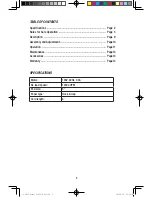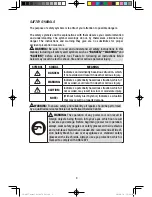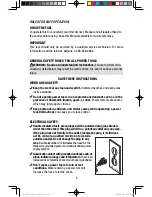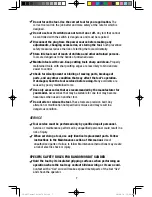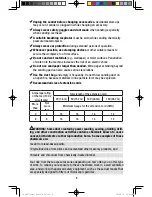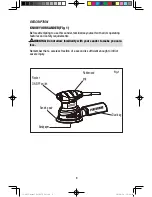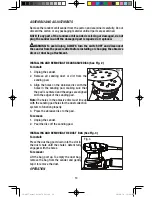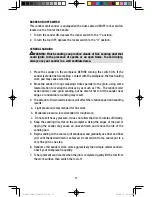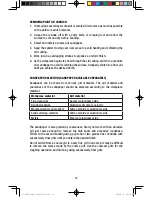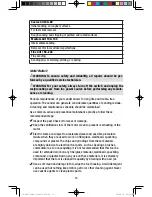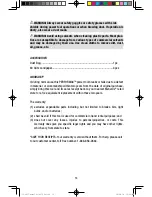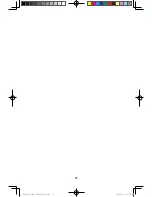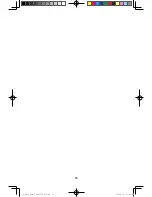
13
Fig. 5
Coarse Grit 60–80
Initial sanding on rougher surfaces.
For fast stock removal.
Rough sanding and stripping of painted and rusted surfaces.
Medium Grit 100–140
Intermediate sanding.
Removal of minor surface imperfections.
Fine Grit 150–220
Fine sanding.
Sanding prior to staining, priming, or sealing.
MAINTENANCE
WARNING: To ensure safety and reliability, all repairs should be per-
formed by a qualified service technician.
WARNING: For your safety, always turn off the switch and unplug the
reciprocating saw from the power source before performing any mainte-
nance or cleaning.
Periodic maintenance of your sander allows for long life and trouble-free
operation. The sander can generate considerable quantities of sanding residue.
A cleaning and maintenance schedule should be maintained.
As a common-sense and preventive maintenance practice, follow these
recommended steps:
Inspect the pad; Check it for wear or damage.
Keep the ventilation slots of the motor clean to prevent overheating of the
motor.
Electric tools are subject to accelerated wear and possible premature
failure when they are used to work on fiberglass, wallboard, spackling
compounds or plaster. The chips and grindings from these materials
are highly abrasive to electrical tool parts, such as bearings, brushes,
commutators, etc. Consequently, it is not recommended that this tool be
used for extended work on any fiberglass material, wallboard, spackling
compound, or plaster. During any use on these materials, it is extremely
important
that the tool is cleaned frequently by blowing with an air jet.
Use a soft clean and damp cloth to wipe the tool housing. A mild detergent
can be used but nothing like alcohol, petrol or other cleaning agent. Never
use caustic agents to clean plastic parts.
10-06-17 manual 241-0972 En.indd 13
2010-6-18 12:00:05


